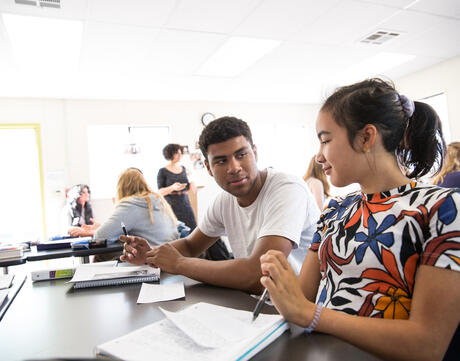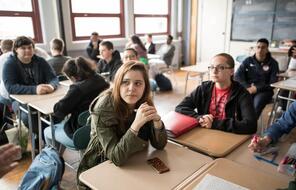
Getting to Know the 10 Questions
At a Glance
Language
English — USSubject
- Civics & Citizenship
- History
- Social Studies
Grade
6–12Duration
One 50-min class period- Democracy & Civic Engagement
Overview
About This Lesson
Conventional approaches to teaching civics and democratic participation often begin with topics such as the branches of government or the lawmaking process. This approach is distant from the lives and experiences of young people, and it can fail to engage students. That’s why the 10 Questions Framework begins with a student-centered question: “What do you care about, and why does it matter to you?” This is designed to spark students' interest and help them think about civic engagement in terms of their own identities and passions. This lesson asks students to respond to that question, and then it introduces them to the framework as a whole.
Preparing to Teach
A Note to Teachers
Before you teach this lesson, please review the following guidance to tailor this lesson to your students’ contexts and needs.
Lesson Plans
Activities
Extension Activities
Unlimited Access to Learning. More Added Every Month.
Facing History & Ourselves is designed for educators who want to help students explore identity, think critically, grow emotionally, act ethically, and participate in civic life. It’s hard work, so we’ve developed some go-to professional learning opportunities to help you along the way.
Exploring ELA Text Selection with Julia Torres
On-Demand

Working for Justice, Equity and Civic Agency in Our Schools: A Conversation with Clint Smith
On-Demand

Centering Student Voices to Build Community and Agency
On-Demand














